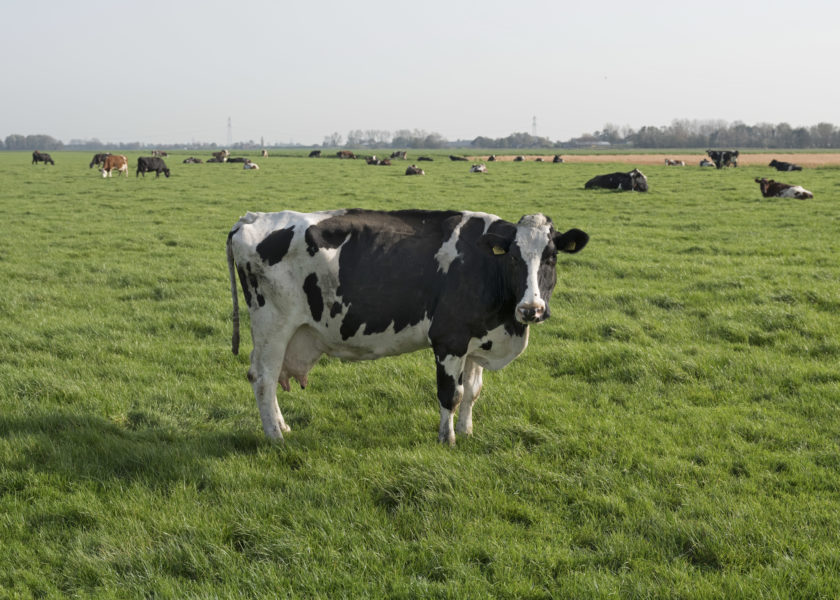Today Dutch farmers continue to protest against recent proposals to halve their livestock numbers to reduce nitrogen pollution. Farmers feel under-appreciated in their role of providing food for the nation and unfairly blamed for pollution, arguing that they have made substantial efforts to reduce their emissions. Below we share a relevant story from photographer Hans van der Meer’s book Het moet anders (Time to change). Van der Meer’s pictures are a trigger for a series of observations highlighting the complexity of modern farming. In addition he asked farmers and innovators the question how to continue and in which direction.
Phosphate List
Because of the phosphate standard that came into effect on 1 January 2018 most farmers had to reduce their livestock in order to meet the European phosphate limits. In the Netherlands this limit is higher than in other member states. We always had a good explanation for this special position. Because we’re such a fertile country in a river delta, the soil is perfectly suited for grassland. Hence, there are more cows per square mile than in most other European countries. We could only guarantee this special position by keeping to the agreements on phosphate standards.
According to the phosphate standard, the size of the herd needs to be downsized. But no two cows are alike. Similarly, no two farmers are alike. There are dairy farmers who get 10,000 litres a year from one cow. But there are also farmers who think 6,000 litres is enough. Cows that give more milk eat more, and thus produce more manure. But the law seems to think that all cows produce an equal amount of manure. Moreover, some dairy farmers were already geared towards sustainability because they had gone into organic farming or worked land-based. Dairy farmers who didn’t add to the phosphate surplus were punished, too; everyone was going to be judged by the same standard.
So, dairy farmers started making a list of the cows they had to get rid of. Some of them called this their ‘phosphate list’. The least productive cows would be at the top. And there’s always a crippled animal among them, but that was no criterion here. Thousands of healthy animals were killed in this veiled form of culling.
The average age of cows didn’t increase because of this, that’s clear enough. The average life expectancy for dairy cows in the Netherlands is approximately no more than six years. Normally, cows may get to be three times that age, but because of economic considerations they hardly ever reach it. Sjoukje, the 20-year-old cow in the image below, is an exception. And that doesn’t make sense. After two years, cows will give birth to their first calf. So, five years implies that they don’t get to give birth to a third one. And healthy cows, on the other hand, give more milk after their third calf.
In breeding programmes, we adapt those highly productive cows to meet our needs. And thus, they get further removed from their ancestors. In nature, cows only calve in spring. But we want to have fresh milk all year round. So, cows need to calve all year round. Therefore, everything is connected. It’s not the farmers who milk out the cows. We ourselves are doing this.

The cow in this image is a 100,000-litre cow. During her lifetime she has provided the farmer with over 100,000 litres of milk. That’s 100,000 cartons of milk.
Dairy farmers always have a special bond with these loyal animals. They have often been on the farm for twelve years, and sometimes even a few years longer.
The owner told me that he struck her from his phosphate list, just as the cattle truck entered the yard to take his cows to the slaughterhouse. He couldn’t bring himself to put her on the truck.
Het moet anders (Time to change) is available in the YdocStore.